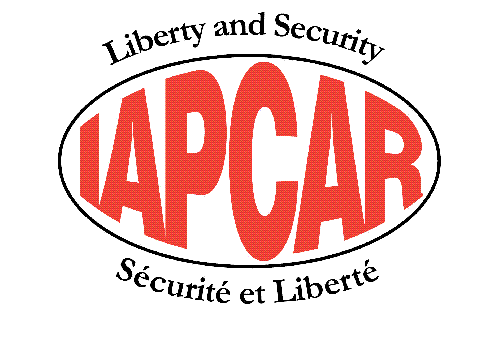SAAMI official statement at UN ATT negotiations
SAAMI – the Sporting Arms and Ammunition Manufacturers Institute – delivered the following official statement at the UN Arms Trade Treaty negotiations.
Click here for the official copy via SAAMI
UN Conference on the Arms Trade Treaty
New York, 11 July 2012
Statement by Richard Patterson, Managing Director
Sporting Arms and Ammunition Manufacturers’ Institute, Inc.
Thank you, Mr. President. My name is Richard Patterson and I’m the Managing Director of the Sporting Arms and Ammunition Manufacturers’ Institute, also known as SAAMI. SAAMI was created in 1926 at the request of the US government to create safety and reliability standards in the design, manufacture, transportation, storage and use of firearms, ammunition and components.
The true success of this conference requires a focus on the big picture. Guns are tools, and like any tool can be used for great good and great harm. We all know the tragedy caused by those few who choose the path of violence, regardless of the tools they use. But you must also remember that hundreds of millions of citizens regularly use firearms for the greater good. Regulated hunting keeps wildlife populations in balance with healthy ecosystems and is a major contributor to economic stability—and thereby promotes peace—in rural areas and developing countries. Target shooting has its roots in the very beginnings of civilization. This is an Olympic year, and shooting events attract the third largest number of participating nations of any sport at the Olympic Games. And people in every nation in this room—including the UN itself—use firearms to protect the law abiding and enforce peace. A well-meaning treaty that does not support the positive use of firearms is doomed to cause more harm than good. A simple step in the right direction is to focus on the fully automatic weapons of war and exclude sporting firearms.
There are some who want to see the inclusion of small arms ammunition in this treaty. As the UN’s Group of Government Experts has determined, the shear numbers involved in ammunition—the US alone produces more than 8 billion rounds of ammunition per year and there are potentially hundreds of billions of rounds in stockpiles around the world—prevent any sort of realistic marking and tracing scheme. But even if the treaty includes a general requirement for shipments, what will that do? The US has some great legal and technical points supporting their position, but let me focus for a minute on the practical side of the equation. Millions of dollars would be spent creating and implementing an export and import authorization process for ammunition. Even more money must be spent for a system of verification. As an example, let’s say a shipment of 1 ton of small arms ammunition goes through this bureaucratic process and is approved. An expensive follow-up system results in a trained inspector showing up at the intended point of delivery. The inspector sees there is far less than 1 ton of ammunition and says “Where’s the rest of the shipment?”
And the answer is “we shot it.”
Now what does the inspector do? Millions of dollars would have been wasted—diverted into a system that cannot work. This money could otherwise have been used to fight those who choose violence.
Just as you cannot be all things to all people, this treaty can’t either. Focus on the real problems, that can be managed—focus on military weapons, and avoid being distracted by topics like ammunition, which are laudable in their idealism, but completely lacking in their practicality. Be focused, be specific, and draft a treaty with precise definitions that minimize the loopholes of “creative interpretation.” This is the path to a successful Arms Trade Treaty.
Thank you.
